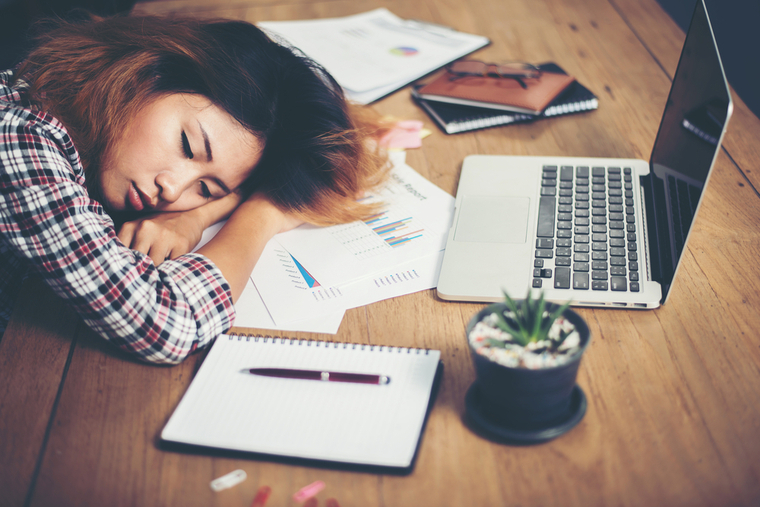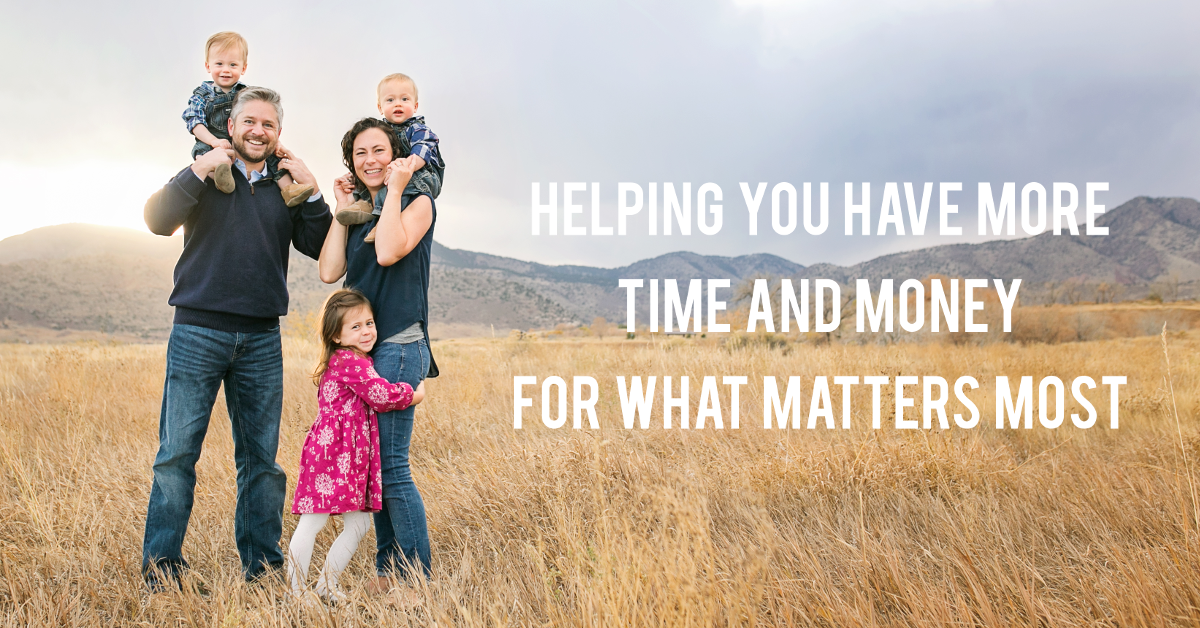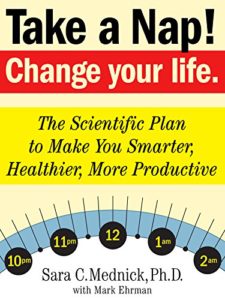Do you feel too tired in the afternoon to do work worthy of your ability? Or do you feel too drained at the end of the day to give your best to your loved ones? If so, you should take a 10-minute nap during the day. After reading the science behind its effectiveness, I’ve been experimenting with it. And I’ve found it to be a complete gamechanger.

Perhaps, like me, you rarely nap. Perhaps you consider it “unmanly” or even impossible given your job or schedule.
In this post I address those concerns. I argue for the benefits of a 10-minute nap. And I discuss how to pull it off.
Why Nap?
Of all the animals in the world, only humans attempt to get all their sleep in one stretch. And only in the modern era have we tried to do so. That is according to Harvard psychologist Sara Mednick in her 2006 book, Take a Nap! Change your Life., which I recently read.
But humans are by nature programmed for “biphastic [two-phase] sleep”: one long period of sleep at night and a short period in the middle of the day.
The Witness of Famous Nappers
Leonardo da Vinci, Isaac Newton, Napoleon Bonaparte, Albert Einstein, John F. Kennedy, and Winston Churchill all napped. So, at the very least, we know that it’s possible to nap and be successful. And I assume you wouldn’t call those guys “unmanly.”
But could napping actually improve success? According to Mednick, yes:
The Scientific Benefits of Napping
Mednick covers 20 scientifically-demonstrated benefits that naps provide, including that they:
- Increase alertness (by as much as 100%, according to NASA studies)
- Increase productivity (by 13%, on average, says NASA)
- Help us make better decisions
- Preserve one’s youthful looks
- Help one lose weight
- Boost creativity
- Reduce stress
- And a slew of other health benefits
The benefits of napping are so scientifically substantiated at this point, writes Mednick, that “scientists no longer argue about whether napping is natural or unnatural, helpful or unhelpful. These are givens. We now explore more technical questions, such as how duration, timing and quality affect the benefits derived from a nap.”
How to Nap as a Busy Person
Even if you are convinced of the benefits of napping, you might think it impossible given your job or busy schedule. But as with most things in life, where there’s a will, there’s a way.
Here’s how even the busiest of people can get huge bang for the buck from a nap:
Aim for a 10-minute Nap
Mednick discusses the various stages of sleep. The first two stages last a combined 19 minutes at a minimum.
The reason that is important to know is because if you wake up during the first two stages—if you wake up, that is, within the first 19 minutes of a nap—you will not experience “sleep inertia,” i.e. grogginess. That is likely the reason why the 20-minute power nap is so popular.
But a study that was conducted to identify the optimal duration of a short nap found that “the 10-minute nap was overall the most effective afternoon nap duration.” Here is a summary of its findings:
| Nap Duration | Benefits | Duration of Benefits |
|---|---|---|
| 5-minute nap | few benefits | n/a |
| 10-minute nap | immediate improvements in all outcome measures (including sleep latency, subjective sleepiness, fatigue, vigor, and cognitive performance) | some benefits maintained for as long as 155 minutes |
| 20-minute nap | improvements emerging 35 minutes after napping | lasting up to 125 minutes after napping |
| 30-minute nap | produced a period of impaired alertness and performance immediately after napping, indicative of sleep inertia, followed by improvements | lasting up to 125 minutes after napping |
From what I’ve read, the only nap longer than 10 minutes worth considering is a 90-minute nap, which would take you through one full cycle of sleep.
Nap 7 Hours after Waking, Around 1-3 pm
The optimal time to nap is about 7 hours after you wake up (and at least 4 hours after caffeine). Your body is ready for a quick recharge at that time. Also, the sun is high and the temperature peaks, which promotes napping.
That said, studies show that napping tends, counterintuitively, to promote (not inhibit) nighttime sleep. You can nap anytime from 2 hours after you wake up in the morning to 3 hours before you go to bed at night.
“Who’s Got Time to Nap!?”
A lot of us, especially Type A people, think we are too busy to nap. Maybe.
But let me ask you this:
- Do you go out for coffee during the day? Because that probably takes 20-30 minutes.
- Or do you check Facebook for 20-30 minutes per day?
- Or do you take an hour-long lunch break? Because you could use a portion of that time to nap.
As with most things in life, the question is more a matter of priorities than it is an issue of can/can’t.
“But How Could I Nap at My Place of Work?”
If you can carve out the time to nap during your workday—for instance, by cutting your lunch break short—then the question is where to nap. Here are some ideas:
- If you have an office, you could put a do-not-disturb sign on your door and:
- Put your head down on your desk.
- Lean back in your chair.
- Lie on the floor.
- If you don’t have an office:
- Put on headphones and slump into a chair in a very public place.
- Sleep in your car.
What about those of us whose work situation doesn’t afford time to nap? In that case, we can:
- Nap after work.
- Nap on weekends (when most of my experimenting has taken place).
My Personal Experience
If the ideas above seem far-fetched, check this out.
Last fall I took a couple days off work to attend a productivity course by Michael Hyatt. During the course, Hyatt said, “Napping is my secret weapon.” He has taken a 20-minute nap most of the days of the last 40 years of his life. That includes napping in almost every kind of context from working in a factory as a young man to serving as the CEO of a publishing company.
Hyatt made those comments shortly after a 1-hour lunch break on the first day of the conference. He asked how everyone’s lunch was. He then asked if any of us had taken a nap during the break . . . because he had! I was shocked. Somehow, the guy running the show had found time to eat a quick lunch and then take a nap while the rest of us ate and settled into our afternoon food comas. I was impressed . . . and tired. Hyatt was energetic.
So, the second day of the conference, you know what I did? I ate a quick lunch, took a nap in my car, and was back in my conference room seat in time for the afternoon session. I felt completely refreshed. That brief nap was a complete gamechanger, and almost every short nap since then has been as well. It restores my alertness for the rest of the day.
In order to sleep for 10 minutes, I currently set a timer for 23 minutes, because it seems to take me a little over 10 minutes to fall asleep. But Hyatt says he has trained himself to be able to fall asleep in 90 seconds. In that case, one could complete an entire 10-minute nap in under 12 minutes. I’m hoping to get there eventually.
Do you like the bang for the buck that a 10-minute nap promises?
If so, you should check out How to Get the Benefits of a 50-minute Workout in 10 Minutes.
And for how to get the best nighttime sleep in the first place, see 21 Ways to Get the Most out of Sleep.
Conclusion
If you can take a 10-minute nap, the benefits in terms of increased efficiency are likely to more than compensate for the amount of time spent napping.
But even if napping were a wash from the standpoint of productivity, it is a major boost to one’s mood, thereby allowing you to give yourself more joyfully to your coworkers and/or family. Plus, it just feels good to be refreshed.
“The ‘big picture’ message,” writes Mednick, “is that napping is a necessary and effective tool that can be used by anyone in pursuit of optimum health, happiness and productivity.” I suggest you give it a try.
Question: Do you nap? If so, when? How? What tricks do you recommend? You can leave a comment by clicking here.
If you liked this post, why not join the 5,000+ subscribers who receive blog updates on how to have more time and money for what matters most? Sign up here.


I’m an absolute believer in this method!! I’ve read many articles (independent of one another) backing the power of napping (ha, no pun intended). Thank you for reinforcing this, Brian! I’ve been using strategic naps since 2012. The 15-20 minute snooze around 2:30 or 3 multiplies and gives me so much more productive time the rest of the day! I find it helpful to cover my eyes with something dark to help slumber sooner. The biggest hurdle is overcoming the stigma that a nap during work is taboo, but somehow a java break, eating sweets or guzzling an energy drink (which are arguably less healthy) that can end up taking nearly the same amount of time is socially acceptable. Here’s to joining the ranks of Einstein, Churchill, Bonaparte, Arianna Huffington, and Google!
I have to admit, I’m a bit hesitant to even post this, but you asked, so I’ll share. 🙂
Thanks for commenting, Melissa. Yeah, it’s funny. Wasting time in any number of ways is maybe frowned on a little but certainly not stigmatized, whereas napping is. And napping — strategic napping, at least — doesn’t even waste time; if done properly, it is *more* efficient and leads to *greater* productivity. But culture is a powerful force; even sound reasoning is slow to change it.